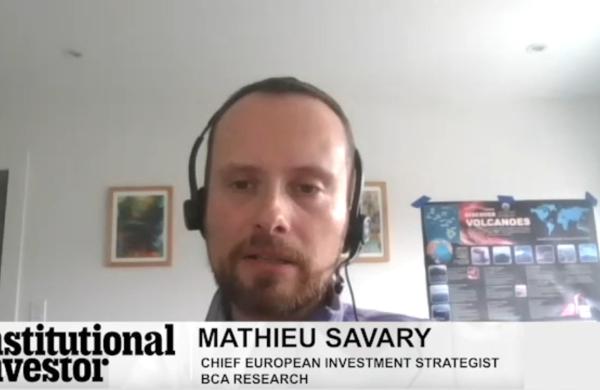With the entry into the market of the European Central Bank’s $1.2 trillion quantitative easing facility now only days away, investors are looking to ECB president Mario Draghi’s announcement of the bank’s inflation forecasts later this week as a signal of the bank’s time commitment to buying bonds. For global markets, the new normal is one in which a stronger U.S. dollar and economy are offset by accommodation and easing in the rest of the developed world. With oil prices appearing to firm on marginal strengthening in demand from China and the Nasdaq reaching a 15-year high in the U.S., investor sentiment appears to remain net bullish as the easing baton passes to Europe.
Barclays takes a hit on currency-market fines. In full-year 2014 financial disclosures released today, Barclays announced $1.2 billion would be set aside in anticipation of settlements with regulators over charges that bank traders manipulated currency markets. The bank reported a 32 percent drop in pretax profits for the year as cost-cutting measures in capital markets divisions continue.
Reserve Bank of Australia leaves rates unchanged. In spite of consensus forecasts among economists for a reduction in the benchmark cash rate, RBA governor Glenn Stevens and his colleagues at the central bank voted to keep the rate at 2.25 percent. While the bank continues to anticipate low inflation and growth levels that are below recent historical averages, RBA leadership has signaled that it remains vigilant with respect to asset prices, particularly Australia’s real estate markets.
Swiss GDP shows sizable rise. Data released by Switzerland’s State Secretariat for Economic Affairs indicated a much stronger-than-forecast 0.6 growth in GDP during fourth-quarter 2014. Most economists anticipate a significant first-quarter 2015 slowdown in the Alpine country, however, as exporters grapple with a stronger franc in the wake of the Swiss National Bank’s abandonment of its currency band against the euro.
German retail sales exceed forecasts. The pace of activity at the cash register in Germany exceeded expectations in January at a 5.3 percent year-over-year increase. Most analysts had expected a more moderate uptick after an unusually strong showing in December, despite overhanging regional concerns.
Russia and Ukraine come to agreement over natural gas. Russian and Ukrainian negotiators reached an accord yesterday that will allow natural gas to continue to flow to the European Union. Multiple industry analysts noted the irony that a cash-starved Kremlin facing international sanctions was likely to agree to a near-term solution, despite ongoing military tensions between the nations.
U.S. new car sales expected to show uptick. Autodata Corp. will release U.S. vehicle sales data for February. Forecasts are for a strong showing, driven in part by lower fuel costs and rising employment. Kelly Blue Book anticipates nearly 1.3 million total units sold during the month — marking 8 percent growth year-on-year.
Portfolio Perspective: Outlook for BDCs Brighter Amid Expectations for a Rate Hike — Grier Eliasek, Prospect Capital Corp.
After getting dropped from S&P and Russell Investments’ indexes last year, business development companies (BDCs) took a beating. And now, two months into 2015, BDCs are on the rebound. They’ve outperformed the S&P 500 and the overall bond market, as well as other interest-rate sensitive products so far this year amid expectations the Federal Reserve will start raising interest rates. In an environment in which stock valuations are no longer cheap, the case for investing in BDCs is more compelling than ever, given that most BDCs are trading below book value and at single-digit multiples.
As of February 27, BDCs climbed nearly 5 percent year to date, versus 3 percent for the SPDR S&P 500 ETF (SPY), according to Morningstar. It also has outrun bonds, which ticked up 1 percent year to date.
BDCs have a few advantages over other interest-rate sensitive sectors — in fact, they may actually benefit when interest rates rise. They lend money at floating interest rates while borrowing at a fixed interest rate. Thus their earnings would jump if the policy rate climbs significantly. Considering that bonds prices and rates move opposite each other, bond investors will suffer from what’s supposed to be a risk-free asset.
Grier Eliasek is the president and chief operating officer at Prospect Capital Corp., a New York–based firm that provides private debt and equity capital.






